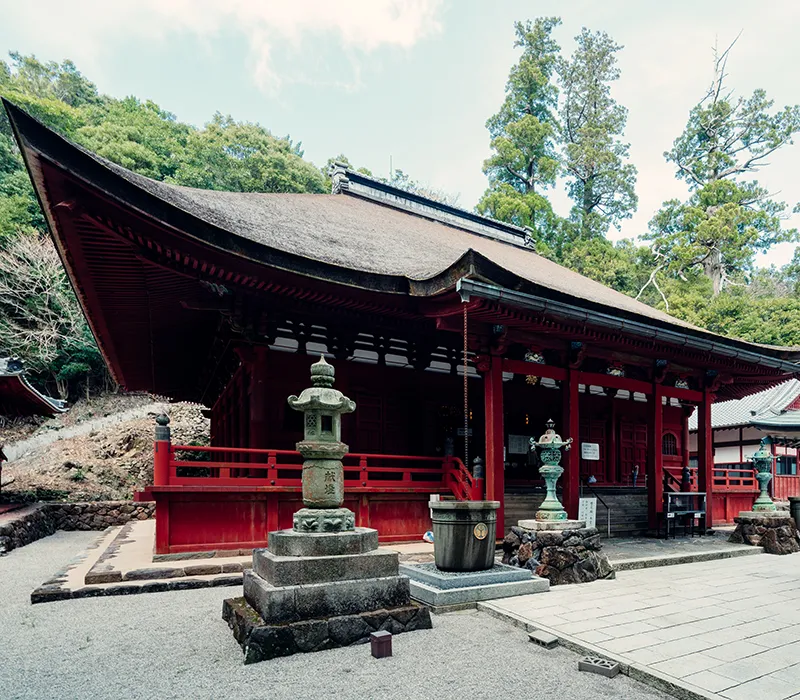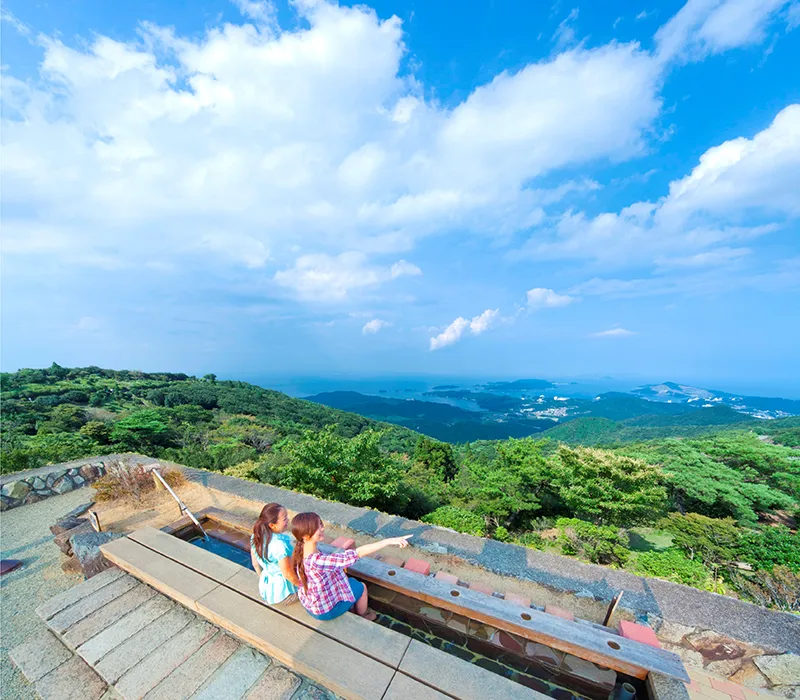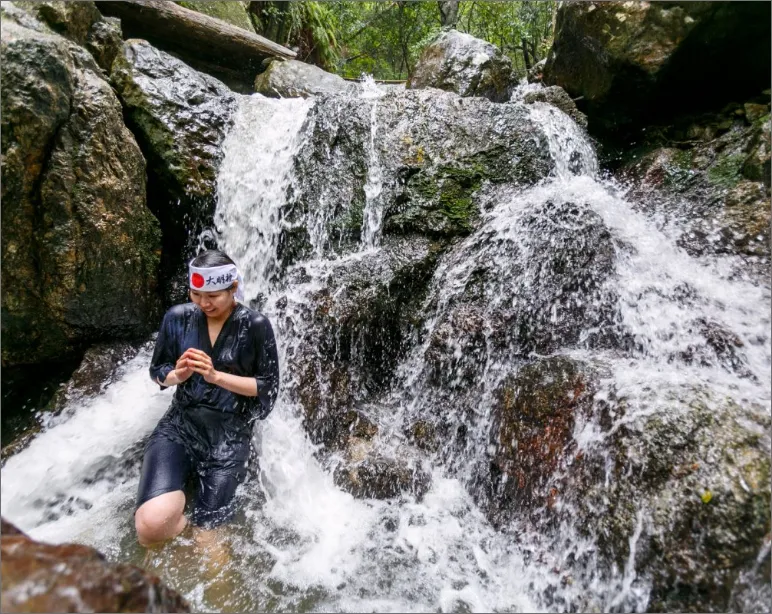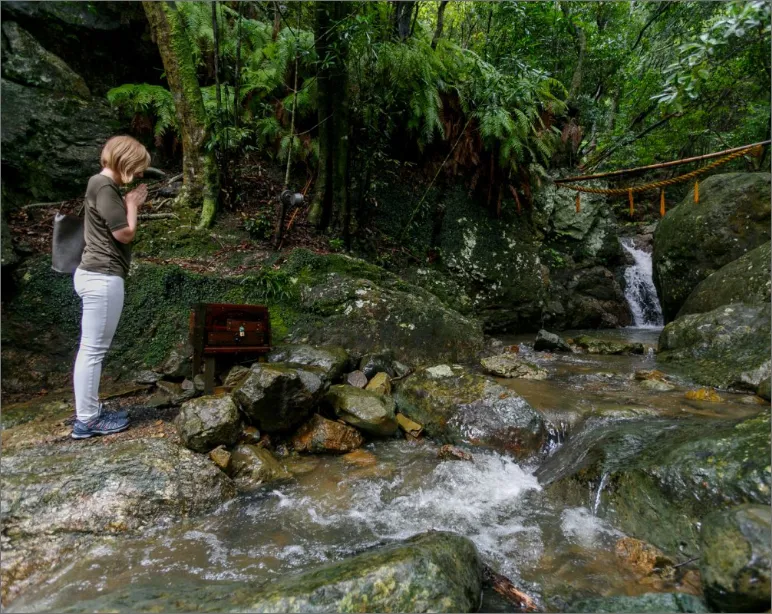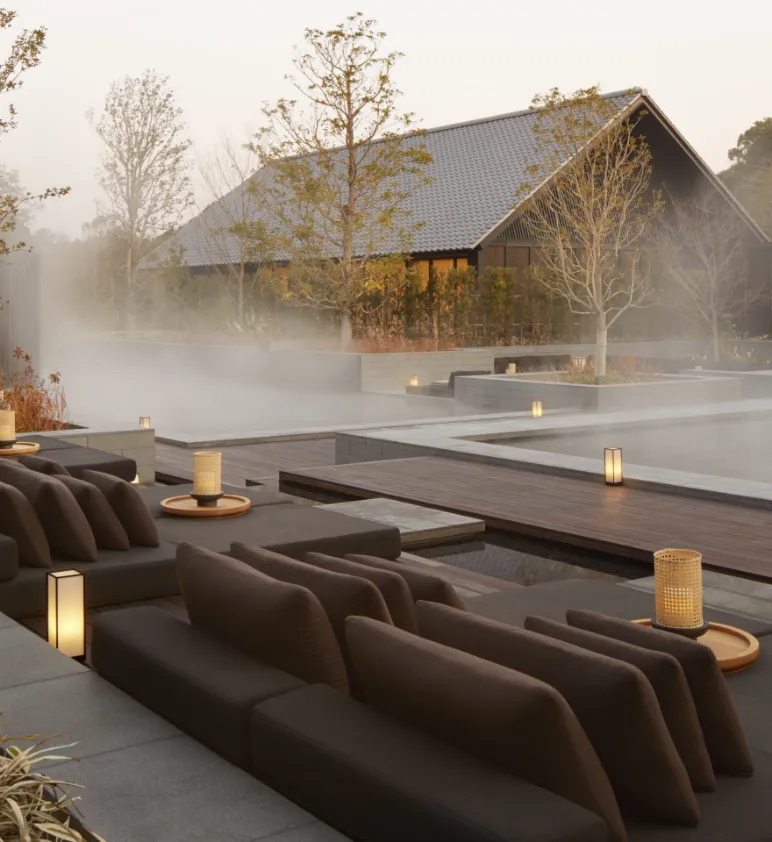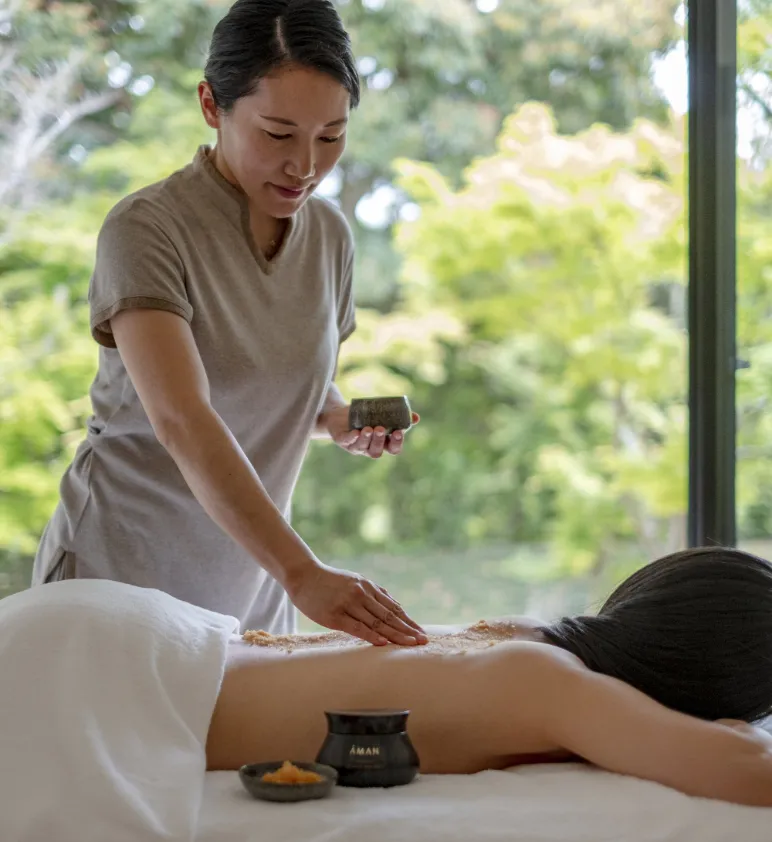

“ Retreat ”
A Mindful Journey in Japan’s Spiritual Heartland

Walking through the calm of Ise Jingu’s outer shrine, the Geku, birdsong and insect calls coming from the ancient forest, it’s striking how intertwined this spiritual site is with nature – how tranquil the setting is.
Like the Naiku (inner shrine), the Geku is a deeply sacred and peaceful site, where you can sense the importance of the gods enshrined within. The former is dedicated to Japan’s most revered deity, Amaterasu-Omikami, the sun goddess who in Japanese mythology is said to be the divine ancestor of the imperial family.The Geku is instead home to Toyo’uke-no-Omikami, who legend says was summoned here 1,500 years ago to provide companionship and sacred foods to Amaterasu-Omikami.
Ise Jingu’s timeless, natural setting is a trademark of Shintoism—Japan’s indigenous religion—which reveres the natural world and believes that there is divinity in each natural element. But it also provides the perfect space for mindfulness, and for slowing down to connect with nature and oneself.
With hundreds of shrines and temples across ISESHIMA, there are plenty of peaceful places beyond Ise Jingu for travelers to encounter. On Mount Asama, for example, there’s Kongosho-ji Temple. Situated to Ise Jingu’s northeast—the direction from which misfortune was traditionally believed to arrive—the temple has long served to protect the grand shrines from harm. As a result, a visit to its wooded grounds became a popular stop on the traditional Ise pilgrimage route.
At 555 meters in height, and with trails that wind through dense forest, Mt. Asama is the perfect location for a quiet hike, while the temple grounds themselves are an opportunity to see how traditional Buddhist temple design differs from the structures of Ise Jingu. Both merge effortlessly with their natural settings, but design wise Kongosho-ji’s 17th-century buildings include a main hall with a cypress bark roof, multiple verandas, gracefully aged vermilion lacquering on the outside, and a gilded interior.
For an even more immersive experience, another option is Shirataki Daimyojin, a sacred site on Mt. Gyoja in the Toba area, a 30-minute drive east of Ise Jingu. For centuries, the mountainside here has been a place of worship and ascetic training for practitioners of Shugendo—a syncretic religion that blends elements of Shinto, Buddhism and folk practices—whether that’s by communing with nature on mountain walks or through invigorating meditation sessions under Mt. Gyoja’s bracing waterfalls.
The latter is a rare experience – one that starts with an icy shock that briefly pushes you to the brink of hyperventilation, before one settles into a sense of deep calm and clarity that lasts beyond the experience itself. Through organizations like the Shirataki Daimyojin Support Association, modern-day travelers can try guided shugendo experiences here designed to help you slow down, find peace, and feel a sense of renewal.
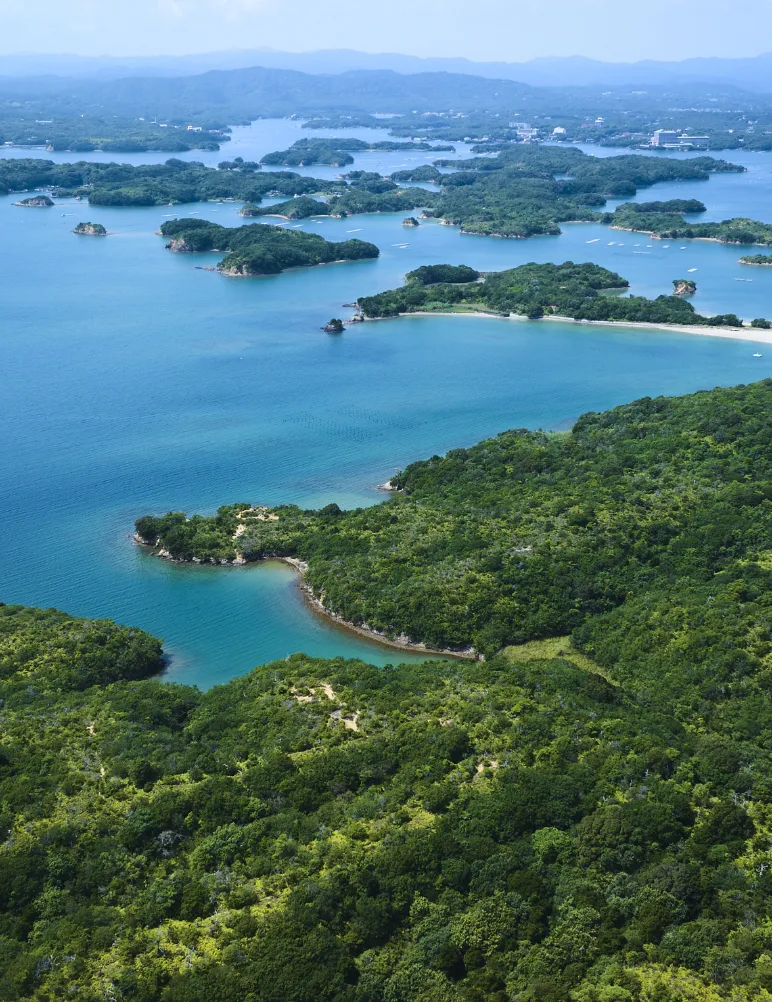

©︎Shima Nature School
In the south of ISESHIMA, scenic Ago Bay offers more opportunities to recharge in nature. You could take to the water on a kayaking tour or stand-up paddling trip with Shima Nature School, working your way through the islet-studded bay with guides who can draw your attention to the local flora and fauna.

Or you could treat yourself to a stay at the Amanemu, a serene retreat operated by the luxury resort brand Aman. Staying at the Amanemu offers an escape from the challenges of modern life through a host of wellness experiences connected to ISESHIMA’s traditional culture.
With the spa’s Seasonal Journey treatments, you’ll find the use of local ingredients like pearl powder and seaweed – the former being rich in amino acids and natural minerals, which helps produce collagen, promotes cell regeneration and gently exfoliates, while the latter promotes hydration by forming a protective barrier on the skin that locks in moisture. It also works to detoxify by drawing out heavy metals from the skin and stimulating the lymphatic system. In addition, the resort also uses distinctly local produce grown on its grounds, such as adding bark from the local nemu tree to their green tea – something locals have long used to realign mental and emotional energy.
Beyond that, the Amanemu offers the option of trying shinrin-yoku (forest bathing) in ancient forests connected to one of Ise Jingu’s affiliated shrines, where guests can practice mindful breathing and meditation under the guidance of a therapist. Like the waterfall meditation at Shirataki Daimyojin, it’s an experience that brings a heightened awareness of one’s surroundings and oneself – something generations of travelers have found across ISESHIMA.
